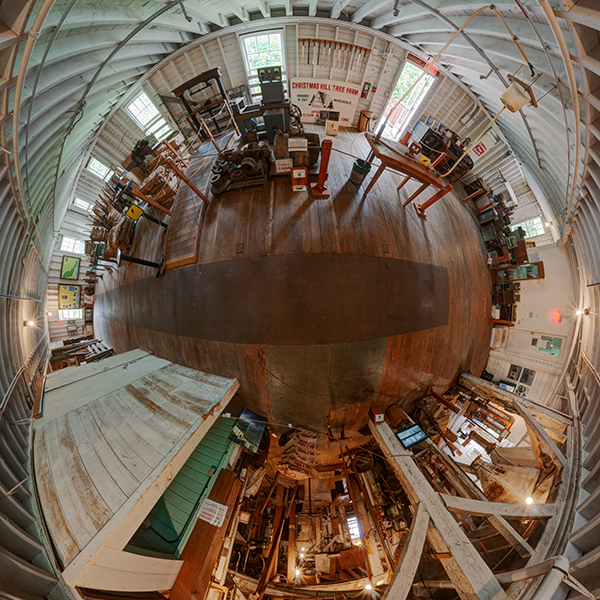One of the things that fall is known for is the colorful displays that many trees put on; this is an example of a maple leaf beginning to turn. One of the things that strikes me about this picture is the way the color change is starting at the edge and moving its way towards the tree, as food production stops through the leaf. The edges look darker, too, as if the leaf’s life is slowly being drawn back into the tree.
When this process is complete, the leaf falls, decays, and eventually becomes part of other new growth.







